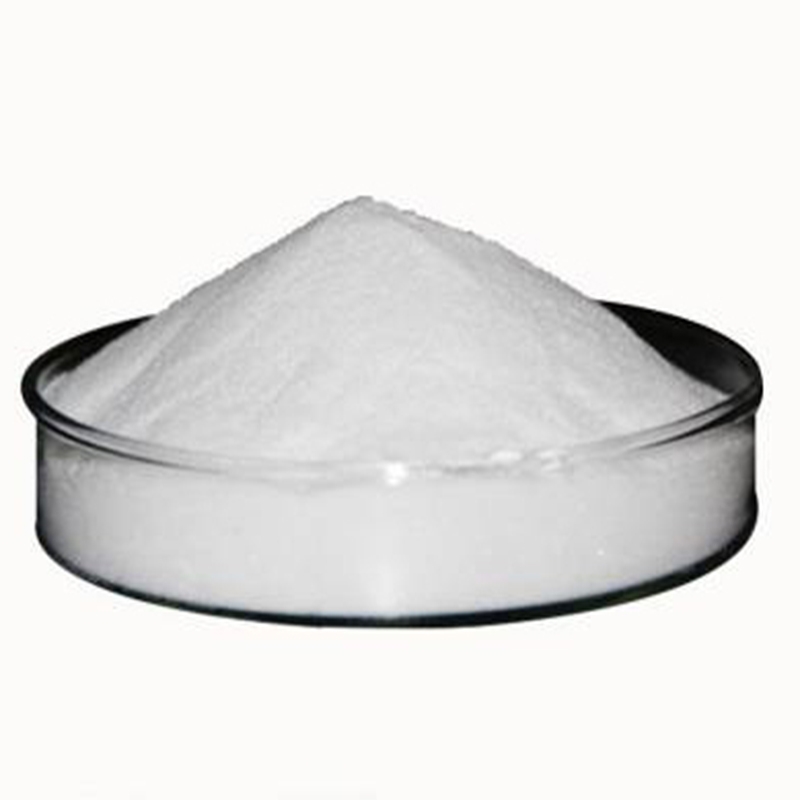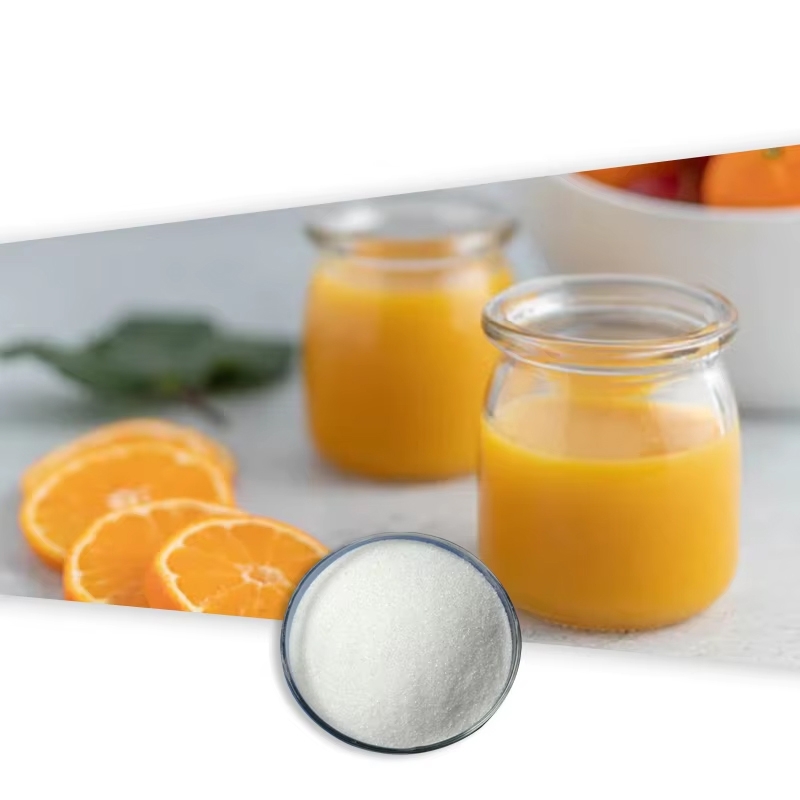-
Categories
-
Pharmaceutical Intermediates
-
Active Pharmaceutical Ingredients
-
Food Additives
- Industrial Coatings
- Agrochemicals
- Dyes and Pigments
- Surfactant
- Flavors and Fragrances
- Chemical Reagents
- Catalyst and Auxiliary
- Natural Products
- Inorganic Chemistry
-
Organic Chemistry
-
Biochemical Engineering
- Analytical Chemistry
-
Cosmetic Ingredient
- Water Treatment Chemical
-
Pharmaceutical Intermediates
Promotion
ECHEMI Mall
Wholesale
Weekly Price
Exhibition
News
-
Trade Service
Recently, the research results of the tomato team of the Key Laboratory of Horticultural Plant Biology of the Ministry of Education of Huazhong Agricultural University were published
in Nature Communications with the title of "Variation in the fruit development gene POINTED TIP regulates protuberance of tomato fruit tip" 。 THE RESEARCH AND CLONED IDENTIFICATION OF THE TOMATO FRUIT (TIP) DEVELOPMENT GENE POINTED TIP (PT), revealed the genetic basis and molecular mechanism of the gene controlling the distal morphology of tomato fruit, and provided an important theoretical basis and genetic resource
for the genetic improvement of the distal morphology of tomato fruit.
in Nature Communications with the title of "Variation in the fruit development gene POINTED TIP regulates protuberance of tomato fruit tip" 。 THE RESEARCH AND CLONED IDENTIFICATION OF THE TOMATO FRUIT (TIP) DEVELOPMENT GENE POINTED TIP (PT), revealed the genetic basis and molecular mechanism of the gene controlling the distal morphology of tomato fruit, and provided an important theoretical basis and genetic resource
for the genetic improvement of the distal morphology of tomato fruit.
Fresh table tomatoes on the market include cherry tomatoes and large-fruited cultivated tomatoes
.
Cherry tomatoes are usually raised at the distal end of the fruit and are important commercial traits of cherry tomatoes; Necrotic scars usually appear on the distal end of large-fruit cultivated tomatoes, and this scar is particularly obvious under unsuitable environmental conditions, which greatly affects the quality
of tomato fruits.
The sites that control the tip of tomato are recessive, and selecting inbred lines containing tip sites and crossing them with excellent inbred lines can effectively alleviate the scarring
at the distal end of tomato fruits.
Therefore, it is of great theoretical significance and application value
to study the genetic basis and molecular mechanism of tomato tip development.
.
Cherry tomatoes are usually raised at the distal end of the fruit and are important commercial traits of cherry tomatoes; Necrotic scars usually appear on the distal end of large-fruit cultivated tomatoes, and this scar is particularly obvious under unsuitable environmental conditions, which greatly affects the quality
of tomato fruits.
The sites that control the tip of tomato are recessive, and selecting inbred lines containing tip sites and crossing them with excellent inbred lines can effectively alleviate the scarring
at the distal end of tomato fruits.
Therefore, it is of great theoretical significance and application value
to study the genetic basis and molecular mechanism of tomato tip development.
In this study, the genome-wide association analysis containing 311 material populations and the linkage analysis of F2 populations identified the POINTED TIP (PT) gene that controls the distal morphology (fruit tip) of tomato fruits, and it was found that the Lead SNP was located in a transcription factor encoding the C2H2 zinc finger protein, and the variation of the SNP led to the variation of conserved amino acids in the conserved domain of PT zinc finger protein, so that the number of C2H2 conserved domains changed from three to two.
We named these two alleles PTH and PTR
, respectively.
We named these two alleles PTH and PTR
, respectively.
F2:3 lineage analysis and gene editing knockout PTH/R found that both PTR alleles and ptH/R could make tomatoes distal to the tip, PTR was a function deletion type, which could regulate the formation of fruit tips, and PTH kept the fruit development smooth distal.
Morphological observation showed that the flower column was necessary for the development of tomato fruit tip, and when the flower column after pollination and fertilization was removed, the developed fruit tip disappeared
.
In addition, the tip of the fruit is determined during the aging process of the flower column after pollination and fertilization to before the flower column falls off, and is formed
by the distal end of the fruit to the outside.
Morphological observation showed that the flower column was necessary for the development of tomato fruit tip, and when the flower column after pollination and fertilization was removed, the developed fruit tip disappeared
.
In addition, the tip of the fruit is determined during the aging process of the flower column after pollination and fertilization to before the flower column falls off, and is formed
by the distal end of the fruit to the outside.
Further molecular mechanism studies have found that compared with PTR containing two C2H2 conserved domains, PTH has a higher affinity binding on the FUL2 (Fruitful2) promoter, negatively regulating FUL2 expression, inhibiting the effect of FUL2 positively regulating the fruit tip, affecting the transport and distribution of fruit auxin, thereby inhibiting the development
of the distal fruit tip of tomato fruit.
This study revealed the important role of PT in the distal development of tomato fruits, and provided an important theoretical basis and genetic resources
for the genetic improvement of the distal morphology of tomato fruits.
of the distal fruit tip of tomato fruit.
This study revealed the important role of PT in the distal development of tomato fruits, and provided an important theoretical basis and genetic resources
for the genetic improvement of the distal morphology of tomato fruits.
Song Jianwen, a postdoctoral fellow at the College of Horticulture and Forestry, Huazhong Agricultural University, is the first author of the paper, and Professor Zhang Junhong is the corresponding author
of the paper.
Prof.
Zhibiao Ye, Prof.
Robert M.
Larkin and Prof.
Zonglie Hong (University of Idaho, USA) made important contributions
to the study.
Dr.
Shang Lele and Dr.
Wang Wenqian also participated in the study
.
The research was supported
by the National Natural Science Foundation of China, the National Modern Agricultural Technology System and the China Postdoctoral Science Foundation.
of the paper.
Prof.
Zhibiao Ye, Prof.
Robert M.
Larkin and Prof.
Zonglie Hong (University of Idaho, USA) made important contributions
to the study.
Dr.
Shang Lele and Dr.
Wang Wenqian also participated in the study
.
The research was supported
by the National Natural Science Foundation of China, the National Modern Agricultural Technology System and the China Postdoctoral Science Foundation.
【English Summary】
The domestication of tomato has led to striking variations in fruit morphology.
Here, we show a genome-wide association study (GWAS) to understand the development of the fruit tip and describe a POINTED TIP (PT) gene that encodes a C2H2-type zinc finger trans cription factor.
A single nucleotide polymorphism is found to change a histidine (H) to an arginine (R) in the C2H2 domain of PT and the two alleles are referred to as PTH and PTR.
Knocking out PTH leads to development of pointed tip fruit.
PTH functions to suppress pointed tip formation by downregulating the transcription of FRUTFULL 2 (FUL2), which alters the auxin transport.
Our evolutionary analysis and previous studies by others suggest that the PTR allele likely hitch-hiked along with other selected loci during the domestication process.
This study uncovers variation in PT and molecular mechanism underlying fruit tip development in tomato.
Here, we show a genome-wide association study (GWAS) to understand the development of the fruit tip and describe a POINTED TIP (PT) gene that encodes a C2H2-type zinc finger trans cription factor.
A single nucleotide polymorphism is found to change a histidine (H) to an arginine (R) in the C2H2 domain of PT and the two alleles are referred to as PTH and PTR.
Knocking out PTH leads to development of pointed tip fruit.
PTH functions to suppress pointed tip formation by downregulating the transcription of FRUTFULL 2 (FUL2), which alters the auxin transport.
Our evolutionary analysis and previous studies by others suggest that the PTR allele likely hitch-hiked along with other selected loci during the domestication process.
This study uncovers variation in PT and molecular mechanism underlying fruit tip development in tomato.
Links to papers:







